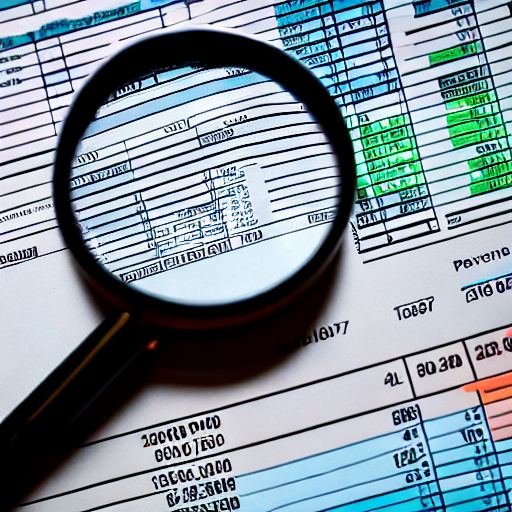Data Gathering for Profitability Analysis
Alright, let's get down to business. You're here because you want to know how to gather and organize data for profitability analysis. You want to make sure your ecommerce business is making money, right? But how do you know if you're actually profitable? That's where profitability analysis comes in.
First things first, you need data. Lots of it. You can't make decisions without data. It's like trying to drive a car with a blindfold on. You wouldn't do that, would you? So don't run your business without data.
Start by collecting financial data. You need to know your revenue, your costs, your expenses. Everything that goes into making and selling your product. This includes your sales data, cost of goods sold (COGS), overhead costs, and any other expenses. Get it all. Don't leave anything out.
But don't stop there. You also need to collect data about your customers. Who are they? What do they buy? When do they buy? Why do they buy? This is called customer behavior data, and it's just as important as your financial data. It helps you understand why you're making (or not making) money.
Now, once you've got all this data, you need to organize it. This is where a lot of people get tripped up. They have all this data, but they don't know what to do with it. It's like having a closet full of clothes but not knowing what to wear.
Start by categorizing your data. Break it down into manageable chunks. For example, you could categorize your financial data by month, by product, by customer. Do the same with your customer behavior data. The goal is to make it easy to analyze.
Next, put your data into a format that's easy to understand. Spreadsheets are your friend here. They make it easy to see patterns and trends. Use charts and graphs to visualize your data. A picture is worth a thousand words, after all.
Finally, keep your data up to date. Data is like a snapshot in time. It's only useful if it's current. So make sure you're constantly updating your data. This will give you the most accurate picture of your profitability.
So there you have it. That's how you gather and organize data for profitability analysis. It's not rocket science, but it does require some effort. But trust me, it's worth it. Because at the end of the day, data drives decisions. And the right decisions can make your business more profitable.
Interpreting the Results of Profitability Analysis
So you've gathered all your data, crunched the numbers, and now you're sitting there with the results of your profitability analysis. What's next? How do you make sense of it all? And more importantly, how do you apply what you've learned to your business? Let's break it down, folks.
First off, let's get something straight. Profitability analysis isn't just about figuring out if you're making money. It's about understanding where that money's coming from, where it's going, and how you can make more of it. It's about identifying opportunities, spotting weaknesses, and making informed decisions. So don't just look at the bottom line and call it a day.
When you're interpreting the results, you need to look at the bigger picture. Look at your gross profit margin, your operating profit margin, and your net profit margin. These three metrics will give you a comprehensive view of your profitability.
But don't stop there. Dive deeper. Look at the trends. Are your margins increasing or decreasing over time? If they're increasing, that's a good sign. It means you're becoming more efficient and profitable. But if they're decreasing, you need to figure out why. Is it because of increased costs? Decreased sales? Or is it something else?
And here's where the real magic happens. Once you've interpreted the results, you need to apply them. This isn't just about making changes to your business. It's about making the right changes. And the only way to do that is to understand the why behind the what.
So if your margins are decreasing because of increased costs, you need to figure out how to reduce those costs without sacrificing the quality of your products or services. If they're decreasing because of decreased sales, you need to figure out how to boost your sales. Maybe you need to invest in marketing. Maybe you need to improve your product. Or maybe you need to rethink your pricing strategy.
Remember, the goal isn't just to increase your profitability. It's to increase your profitability in a sustainable way. So don't just focus on the short term. Think about the long term. And always, always, always keep your customers in mind. Because at the end of the day, they're the ones who are going to determine whether or not your business is profitable.
So there you have it, folks. Interpreting and applying the results of a profitability analysis isn't rocket science. But it does require a bit of elbow grease. So roll up your sleeves, dive in, and make it happen. You've got this.







